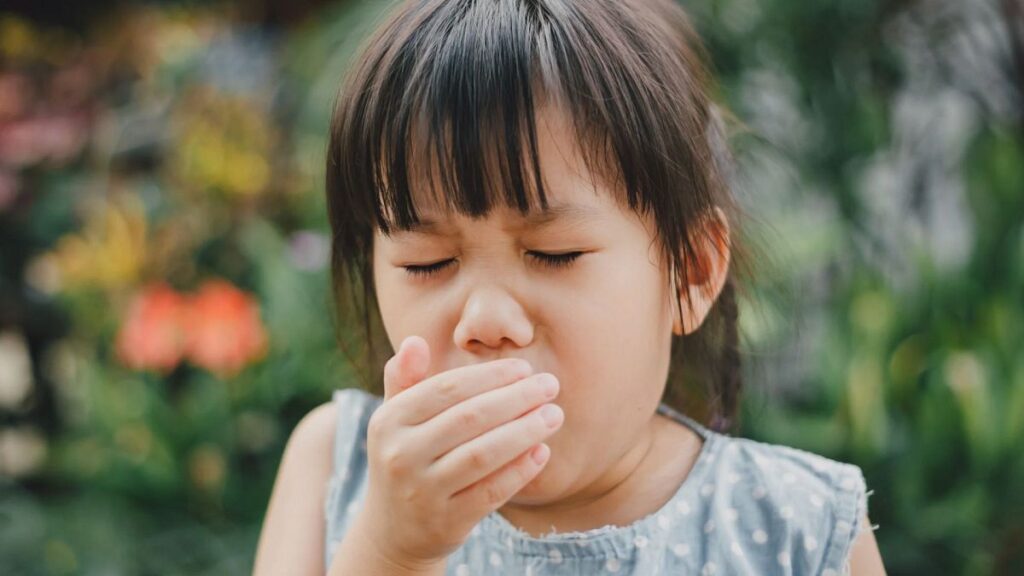
Whooping cough, also known as pertussis, is making a concerning comeback across Europe and the United States, with case numbers now surpassing pre-pandemic levels. This resurgence, after a period of relatively low transmission during the COVID-19 pandemic, has health experts particularly worried about the heightened risk to young infants.
In adults and older children, pertussis can result in weeks or even months of persistent coughing fits. However, for babies under two months old, who are too young to receive vaccinations, the illness poses a life-threatening danger. The European Centre for Disease Prevention and Control (ECDC) reported more than 25,000 cases across the EU/EEA in 2023, with over 32,000 cases emerging in just the first three months of 2024.
Understanding the Symptoms and Risks
Dr. Caitlin Li, an infectious-disease specialist at Ann & Robert H. Lurie Children’s Hospital of Chicago, highlighted the unique presentation of pertussis in infants. “Pertussis symptoms are different in infants,” she noted in a special article published in Pediatrics. “The characteristic whooping cough may be absent, but apnea, or breathing interruption, is common.”
In addition to breathing interruptions, the illness in infants can manifest with very high white blood cell counts, known as leukocytosis, which can sometimes be mistaken for non-infectious conditions like cancer.
Factors Contributing to the Resurgence
The rise in whooping cough cases can be attributed to several factors. One major reason is the post-pandemic rebound. During the COVID-19 pandemic, the widespread use of masks, school closures, and restrictions on gatherings significantly reduced the circulation of many respiratory infections, including pertussis.
Moreover, pertussis follows natural epidemic cycles, with case numbers tending to rise every three to five years, even in countries with high vaccine coverage. This cyclical nature of the disease means that periods of low incidence are often followed by spikes in cases.
Prevention and Treatment Strategies
Given the vulnerability of young infants, experts emphasize the importance of vaccination during pregnancy. Antibodies passed from mother to child through the placenta provide crucial protection during the first weeks of life. Dr. Li stressed, “Given that infants are at high risk for complications, pertussis vaccination of mothers during pregnancy is critical, as it protects newborns against this potentially fatal illness.”
The US Centers for Disease Control and Prevention (CDC) recommends five childhood doses of the DTaP vaccine between two months and six years of age, plus a booster in adolescence. However, the most urgent step, according to the CDC, is universal maternal vaccination during each pregnancy, ideally between 27 and 36 weeks of gestation. This has been shown to be highly effective, with recent analyses suggesting maternal vaccination reduces the risk of severe pertussis in infants by up to 85 percent.
In addition to routine infant vaccination and vaccinating pregnant women, WHO Europe advises that individuals who contract whooping cough should be treated promptly with antibiotics and avoid contact with infants, young children, or pregnant women. According to Public Health France, more than half of children infected with pertussis contract it from one of their parents.
Looking Forward: Public Health Implications
The resurgence of whooping cough underscores the importance of maintaining high vaccination coverage and public awareness. Health authorities are urging communities to remain vigilant and ensure that vaccination schedules are followed diligently to protect the most vulnerable populations.
As the world continues to navigate the post-pandemic landscape, the lessons learned from COVID-19—such as the importance of vaccination and public health measures—remain critical in combating other infectious diseases like pertussis. By prioritizing maternal vaccinations and adhering to recommended vaccine schedules, it is possible to mitigate the impact of this resurgent threat.
The coming months will be crucial in determining the trajectory of whooping cough cases. Public health officials will need to monitor trends closely and adapt strategies to ensure that the most effective measures are in place to protect infants and the broader community.






